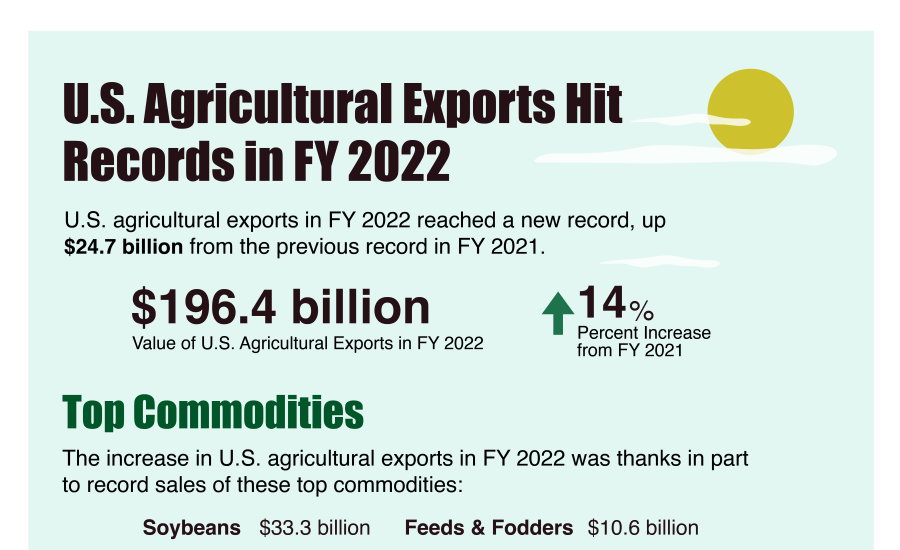Browse Data and Analysis
Filter
Search Data and Analysis
- 346 results found
- (-) South Korea
- Clear all
FAS/Seoul forecasts marketing year (MY) 2023/24 corn imports to remain flat, with U.S. market share gradually recovering towards the end of the year. Wheat imports are expected to decline towards the long term average as feed wheat loses a temporary price advantage over corn.
South Korea's rebounding consumer demand for beef and pork, together with elevated retail prices, led to greater domestic slaughter and import totals in 2022 and into 2023.
The Korea oilseeds and products market is mature with limited annual change, reflecting stable consumer demand and stagnant domestic production.
This report provides updates to the Korea Rice Production 2022 report issued by FAS/Seoul on June 28, 2022, based on new data released by the Korean Ministry of Agriculture, Food, and Rural Affairs (MAFRA) in December 2022.
On December 27, 2023, Korea issued its flexible tariffs (Adjustment and Tariff Rate Quota) list for certain agricultural, forestry and fishery products for calendar year (CY) 2023.
The volume of U.S. fresh, dried, and processed fruit exports between 2012/13 and 2021/22 dropped 29 percent to 2.9 million metric tons[1]. However, a 25-percent gain in unit value during this period softened the decrease in value to just 11 percent lower as trade dropped $700 million to $6.0 billion.
As the 5th largest country export market for the United States, Korea provides a promising market for U.S. agricultural products. In 2021, Korea imported about $43 billion agricultural & food products from all over the world and the U.S. supplied a quarter of it, ranking number one. Other key suppliers were China, Australia, Brazil, and Vietnam.
U.S. beef exports to East Asia in 2022 are again on record pace after a record year in 2021. Despite economic uncertainties due to the COVID-19 pandemic, continued global supply chain challenges, and a competitive global beef market, U.S. beef exports to East Asia, both in value and volume, were outstanding in the first half of 2022.
Reduced open field "Unshu" mandarin harvest in the southern part of Jeju Island will drive Korea's total citrus production down slightly in 2022/23. Overall fruit quality is expected to be above average following reduced rainfall during the growing period, with higher Brix and lower sourness levels.
The ongoing revival of South Korea’s food service sector strengthened consumer demand for beef and pork in 2022. This positive trend is expected to continue in 2023 as Korea’s hotel, restaurant, and institutional sectors gain momentum in a post-covid market.
On November 4, 2022, the Korea Agro-Fisheries & Food Trade Corporation (aT) announced the results of the 2022 U.S. orange tariff rate quota (TRQ) allocations. Korea switched to a new license allocation system this year, replacing the import rights auction process used in prior years. A key piece of the new allocation system is that 80 percent of the total TRQ is reserved for importers with historical import volumes, while the remaining 20 percent is reserved for new importers.
FY2022 agricultural exports reach record levels.

